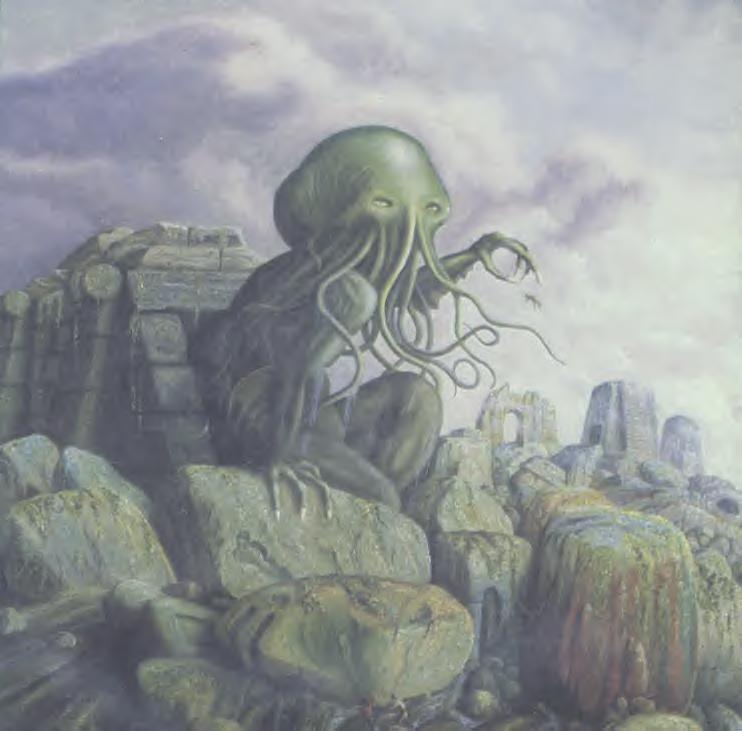1. What are some examples of times when people must obey an authority figure, even though they may not want to?
In the army, navy, marine corps., etc. you must answer to your superior officer. Another example is in school, although it is not as extreme, you have to do what your teacher tells you, even though you may not want to.
2. Must military commanders enforce harsh discipline on their soldiers?
Yes, for if they don't, their soldiers will not have the sense of control and organization needed to function as a team.
3. Is it important for a military outfit to work as a team?
Yes, because they are stronger as a whole and disbanded they are weaker and more vulnerable.
4. What are the consequences if a commander is unable to keep his or her troops under control during wartime?
The soldiers will be unable to perform as a team, leading to potential loss. A major factor of the military is team work and strategizing plans to succeed. A lack of this will end in the
group's downfall.
Analysis after reading:
1. Read and discuss the poem.
The poem is describing a group of 600 soldiers marching into battle. Slowly, throughout the poem, the Light Brigade's numbers are slowly lessened.
2. Recall and interpret facts and extend meanings.
The term "Light Brigade" seems to glorify going into war, because light can be interpreted as a symbol of purity and honor. Although, towards the end of the poem, it slowly started to show a lessening of the soldiers of the Light Brigade. They kept marching forward, fighting for what they believed, even though they were slowly decreasing in numbers and strength. There is a strong use of imagery used in this poem. It uses almost all of the five senses: sight, smell, auditory, and feeling.
Visual: "Flash'd all their sabres bare, Flash'd as they turn'd in air, Sabring the gunners
there," "White horse and hero fell,"
Smell: "Plunged into the battery-smoke,"
Auditory: "Cannon to right of them, Cannon to left of them, Cannon behind them,"
Tactile: "Right thro' the line they broke,"
The use of figurative language is also evident through metaphors such as: "the jaws of Death," or "the mouth of Hell."
3. Analyze narrative poetry and the use of repetition and metaphor in a poem.
Narrative poetry is meant to tell a story, as opposed to show an author's feelings or
emotions on a subject. Repetition and metaphors are strong uses of sound and figurative
language. Repetition shows a comparison between either two things or two different
situations in the poem. Metaphor is a comparison to things through figurative situations.
Both types of diction show comparison.
4. Discuss the following themes: courage and honor; leaders and followers; justice and vengeance.
Courage is the determination and the vigor to complete a task that may have intimidated
you beforehand. Honor is the thing you receive in return, respect for your deed. Leaders
have the strength to take responsibility for a group of people and lead them to a common
goal. Followers may not seem to be as important, but a leader without followers to help
accomplish something is just an individual. Justice is fair and reasonable treatment for
one's actions. Vengeance is revenge, where one's punishment may be harsh or overdone.

No comments:
Post a Comment